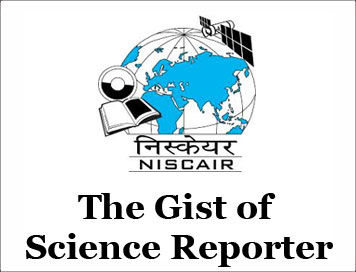(HOT) UPSC Current Affairs 2025 PDF
NEW! The Gist (NOV-2025) | E-BOOKS
(GIST OF SCIENCE REPORTER) THIRD LAUNCH PAD AT SRIHARIKOTA
(GIST OF SCIENCE REPORTER) PARKER SOLAR PROBE
(FEBRUARY-2025)
PARKER SOLAR PROBE
NASA scientists announced on 28th December, 2024, that the Parker Solar Probe survived the closest-ever approach to the Sun. The craft was operating normally after it passed just 6.1 million km (3.8 million miles) from the solar surface.
Key fact about the Parker Solar Probe
-
Parker Solar Probe was launched by NASA on August 12, 2018, to study the structure and dynamics of the Sun’s corona and expand our knowledge of the origin and evolution of solar wind.
-
Over the course of its mission, Parker Solar Probe will make a total of 24 close orbits around the sun. (Already completed 21 orbits).
-
Mass: 685 kilograms at launch
-
Launch site: Cape Canaveral Air Force Station, Florida.
-
Temperature protection: Parker Solar Probe and its instruments are protected from the Sun by a 4.5-inch-thick (11.43 cm) carbon-composite shield, which can withstand temperatures reaching nearly 2,500 degrees Fahrenheit (1,377 Celsius).
Scientific instruments:
-
Fields Experiment (FIELDS)
-
Integrated Science Investigation of the Sun (ISIS)
-
Wide Field Imager for Solar Probe (WISPR)
-
Solar Wind Electrons Alphas and Protons (SWEAP)
Aditya-L 1 Mission
-
On September 02, 2023, the Aditya-L1 spacecraft—India’s first solar observatory—was launched on board PSLV C57. Aditya-L1 is a satellite dedicated to the comprehensive study of the Sun.
-
It has 7 distinct payloads developed, all developed indigenously. Five by ISRO and two by Indian academic institutes in collaboration with ISRO.
-
Aditya in Sanskrit means the Sun. L1 here refers to Lagrange Point 1 of the Sun-Earth system.
-
The strategic placement at the L1 Lagrange point ensures that Aditya-L1 can maintain a constant, uninterrupted view of the Sun.
-
This location also allows the satellite to access solar radiation and magnetic storms before they are influenced by Earth’s magnetic field and atmosphere.
-
Additionally, the L1 point’s gravitational stability minimises the need for frequent orbital maintenance efforts, optimizing the satellite’s operational efficiency.
-
Aditya-L1 will stay approximately 1.5 million km away from Earth, directed towards the Sun, which is about 1% of the Earth-Sun distance.
-
Aditya-L1 will neither land on the Sun nor approach the Sun any closer.
CLICK HERE TO DOWNLOAD FULL PDF
CLICK HERE TO DOWNLOAD UPSC E-BOOKS
Study Material for UPSC General Studies Pre Cum Mains
Get The Gist 1 Year Subscription Online
Click Here to Download More Free Sample Material
<<Go Back To Main Page
Courtesy: Science Reporter



